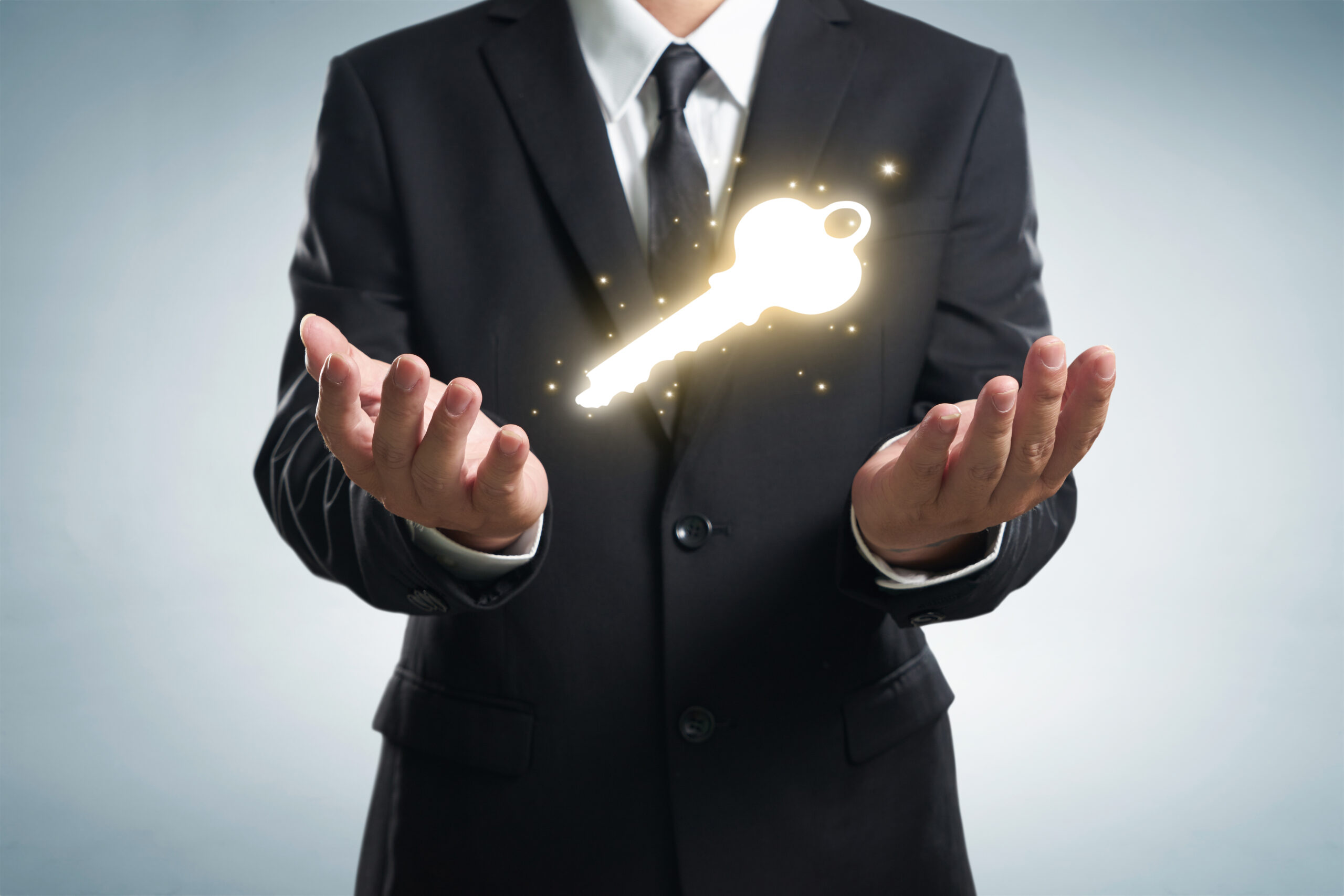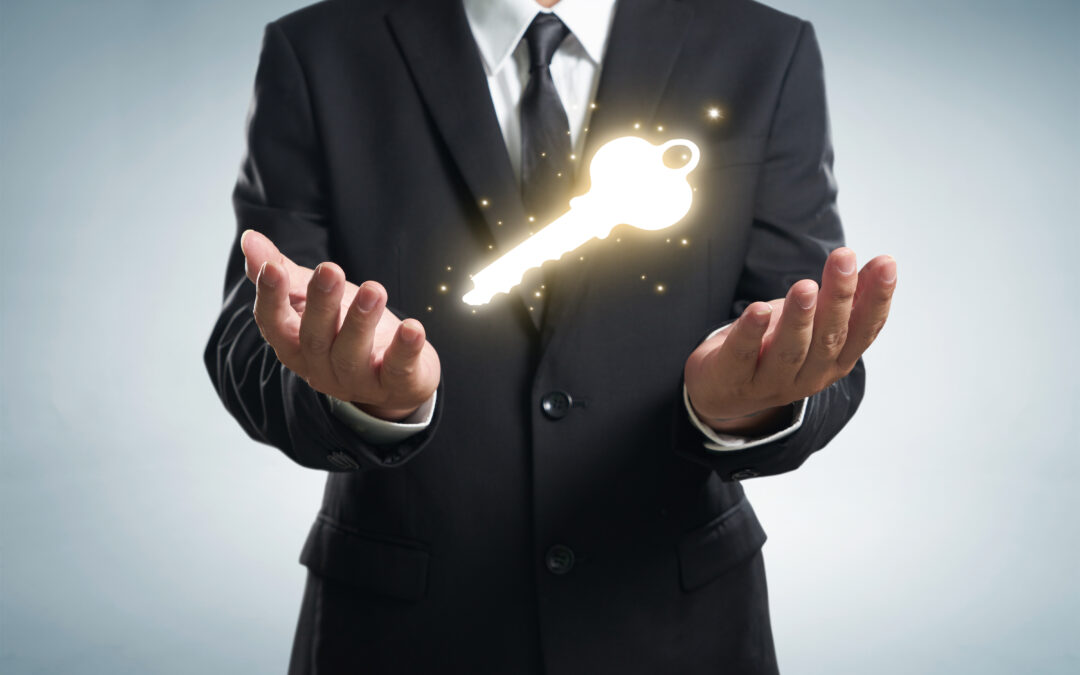As we enter the new year, it’s essential that we take stock of our emergency preparedness plans. Emergencies can strike at any time, leaving us feeling vulnerable and unprepared. Whether you live in an area prone to natural disasters or not, having a plan in place is crucial for your safety and well-being. In this blog post, we will cover everything you need to know about emergency preparedness, including building an emergency kit, staying safe during a disaster, preparing your home for emergencies, and mental health and emotional well-being in times of crisis.
Introduction to Emergency Preparedness
The first step in emergency preparedness is understanding what types of emergencies could occur in your area. This includes natural disasters such as hurricanes, earthquakes, floods, and wildfires, as well as man-made disasters like power outages and terrorist attacks. Once you have identified potential risks, it’s essential to create a plan with your family members or loved ones. This should include evacuation routes, meeting points, and communication protocols. It’s also important to designate someone who lives outside of your immediate area as a point of contact in case you get separated.
Building an Emergency Kit: What You Need to Know
One of the most critical components of emergency preparedness is building an emergency kit. Your kit should contain supplies that will help you survive for at least 72 hours without access to electricity, water, or food. Some essentials to include are non-perishable food items, bottled water, flashlights, extra batteries, first aid supplies, and personal hygiene products. It’s also a good idea to pack some entertainment options, such as books or games, to keep yourself occupied during a prolonged emergency situation.

Staying Safe During a Disaster: Tips from Experts
During a disaster, it’s essential to follow the advice of experts and authorities. Listen to local news stations and social media channels for updates on the situation and any instructions on how to stay safe. If you are instructed to evacuate, do so immediately and follow designated evacuation routes. Avoid driving unless absolutely necessary, as roads may be congested or blocked. If you are unable to evacuate, find a secure location inside your home and stay there until the danger has passed.
Preparing Your Home for Emergencies
In addition to building an emergency kit, it’s vital to prepare your home for emergencies. Make sure you have working smoke detectors and carbon monoxide alarms installed throughout your house. Create a fire escape plan and practice it regularly with your family members. Store valuable documents, such as passports and birth certificates, in a fireproof safe or other secure location. Finally, consider investing in backup generators or solar panels to ensure you have access to electricity during a power outage.
Mental Health and Emotional Well-being in Times of Crisis
Finally, it’s essential to prioritize your mental health and emotional well-being during times of crisis. Stress and anxiety levels tend to rise during emergency situations, which can lead to feelings of overwhelm and despair. Take care of yourself by practicing self-care techniques such as meditation, deep breathing exercises, and mindfulness practices. Seek support from friends, family, or professional counselors if needed. Remember that taking care of your mental health is just as important as physical safety during an emergency.
Conclusion
By following these tips and creating a comprehensive emergency preparedness plan, you can rest easy knowing that you and your loved ones are protected in the event of a disaster. Remember to stay informed, stay calm, and stay safe during emergency situations.




